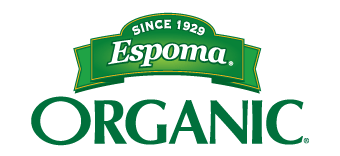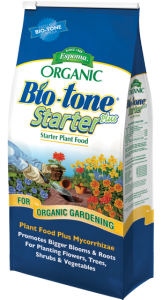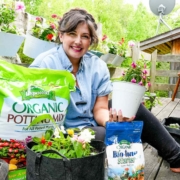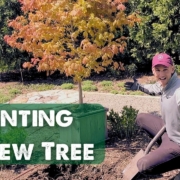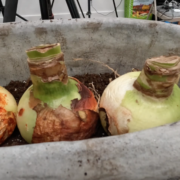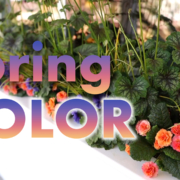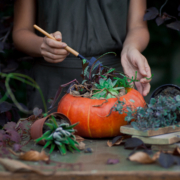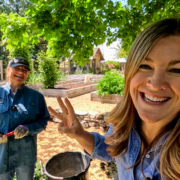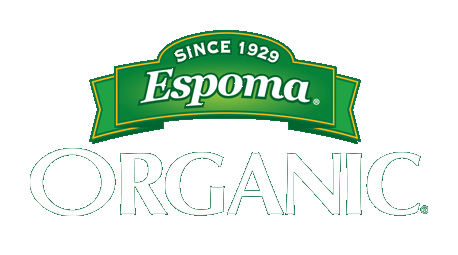Drip Irrigation with Garden Answer
In this video from Garden Answer, Laura plants a new garden for her sister–in-law. She has already outlined the new beds and removed the sod. The next steps are installing a drip irrigation system by tapping into an old one and marking the spots for the trees she will be planting.
Drip irrigation emits water at the base of the plants, which is better for plants than overhead watering. Hard water can leave damaging build up on foliage and wet leaves can invite diseases. With drip irrigation, all of the water soaks into the ground and doesn’t evaporate. It’s the most efficient method of watering.
Irrigation systems take the work out of watering, but it’s not – set it and forget it. Water needs vary at different times of the year. Laura is using emitters that deliver one gallon of water per hour, a standard-setting. She still waters each newly planted tree with the garden hose to make sure the soil has settled and that there are no air pockets.
Planting in mid-summer isn’t ideal because of the heat, but it can be done with a tiny bit of extra care and water. Laura always recommends using Espoma’s Bio-tone Starter Plus whenever she plants. And, as she points out, it’s even more important when the plants are stressed, in this case by heat. The mycorrhizae in Bio-tone helps stimulate root growth to ensure new plants get maximum water and nutrients from the soil to minimize transplant shock and loss.
These trees will become the “bones” of her design. She has taken into account the mature height of the trees so they do not interfere with the power lines above them or the fire hydrant between them. She has also chosen narrow varieties of evergreens that will not outgrow their allotted space in the garden.
Slim Trees for Small Spaces
Weeping White Spruce
An elegant, straight trunked tree with weeping branches. The needles are green with a bluish tint. A perfect choice for narrow spaces. Hardy in zones 2-7.
Merlot Redbud
Bright lavender-pink flowers bloom in spring before the leaves unfurl. Dark purple, glossy foliage stands up to summer heat. Perfect for smaller landscapes. Hardy in zones 6-9.
‘Baby Blue’ Blue Spruce
Attractive silvery-blue needles make this spruce standout, plus it maintains its color throughout the year. The habit is smaller and narrower than other blue spruce. Hardy in zones 2-8.
‘Hillside’ Upright Norway Spruce
A narrow, upright form growing to just 10 feet tall in the first 10 years. Perfect for smaller urban gardens. Dark green needles are backed by attractive, burnt orange stems. Hardy in zones 3-7.
Columnar Dwarf Mugo Pine
A narrow, upright form of mugo pine, makes a strong architectural statement. Will grow to just 8 feet tall. Produces small, yet ornamental cones. Hardy to zones 2-8.
Here are a few of our other blogs and videos that we think you’ll enjoy:
Top Trees for Fantastic Fall Color
